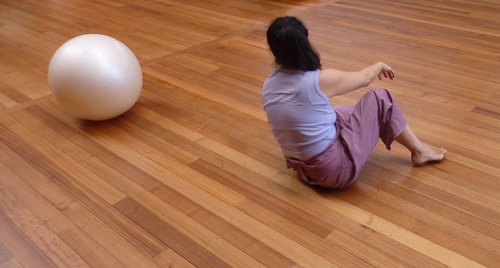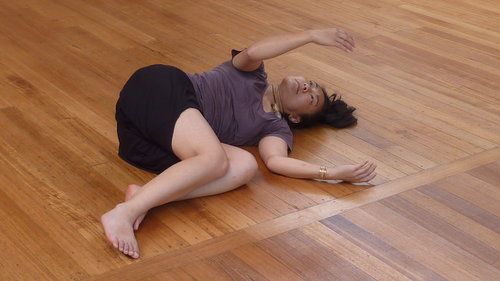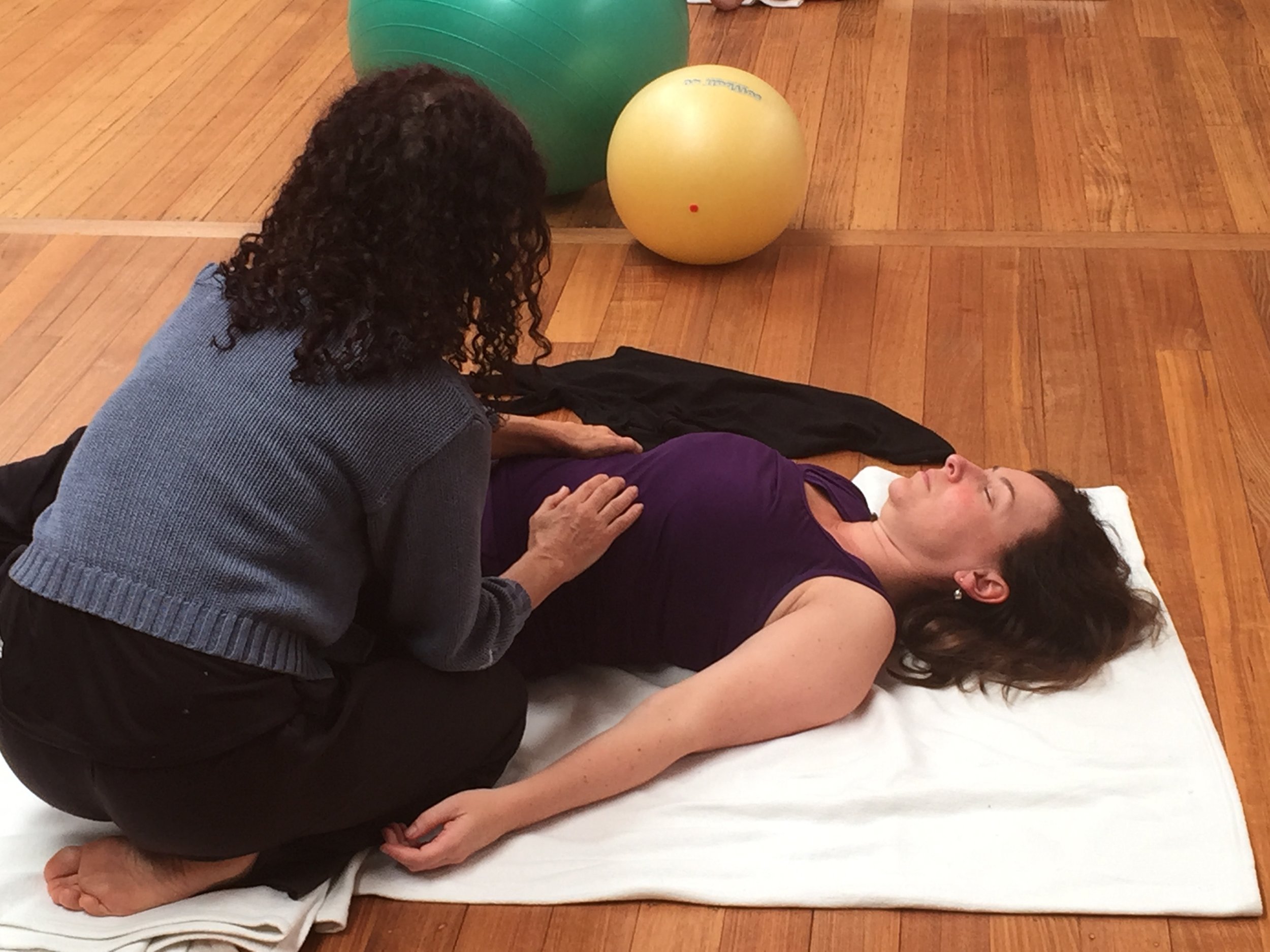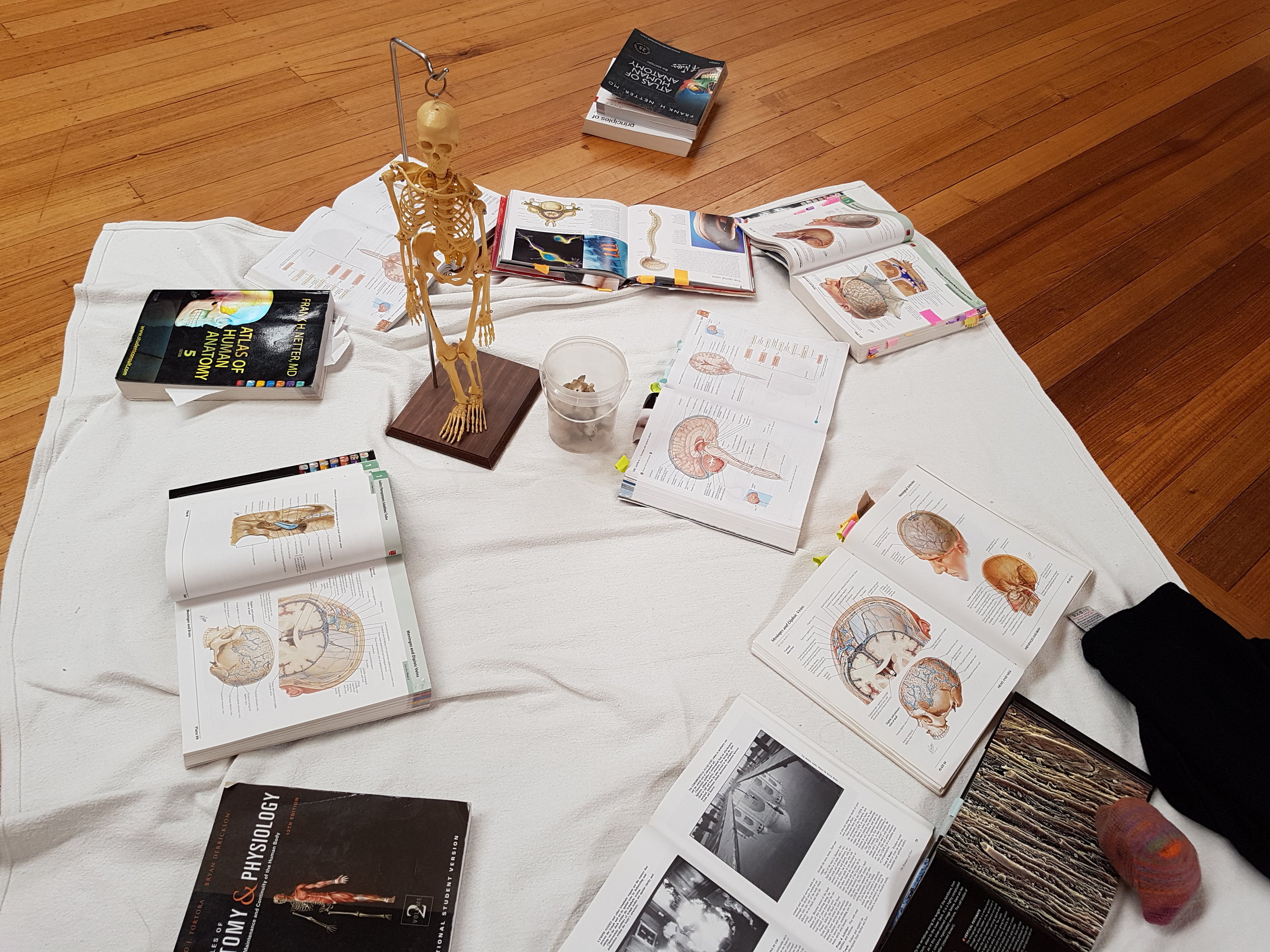Modules
These ten modules are based on the approach and principles of Body-Mind Centering® and my practice as a movement researcher and educator. As the primary mode of learning is through embodiment, participants will need to spend time studying the different systems and developing a personal and collegial movement practice. The modules include somatizations (guided movement); experiential anatomy (structures, systems and tissue); images & objects; videos; touch & repatterning; and integration (moving, writing, drawing, walking, dreaming and/or conversation). Studies are supported through private sessions and supervised practice.
Pre-requisites: 50 hours study (workshops | private sessions)
Prior professional experience or related studies can be taken into consideration
Skeletal System (45 hours)
Embodying bones offers an experience of our inner structure and architecture.
This module will include:
· Structure of bone: periosteum, compact and cancellous/marrow
· Axial and appendicular skeleton: dynamically address structural alignment
· Bones as levers
· Joints and joint action: cogwheel principle, rotation and excursioning
· Partnering hands-on practice: tracing bones, differing qualities and mind of bone, supporting joint action
Organ System (45 hours)
Organs are the contents of our musculo-skeletal container, providing us with a sense of volume and weight.
This module will include:
· Finding the fluid weight of organs as internal support for the skeletal system
· Experiential anatomy of particular organs and the systems they contribute to, including: respiration; circulation; digestion; elimination; sexuality and reproduction
· Recognition of their role in our emotional life and expression
· Their global organization in locomotion providing buoyant resiliency, ease and sequential integration
· Partnering hands-on practice
Senses, Perceptions and the Vestibular System (45 hours)
Perception is a psychophysical process and perceiving is the process of how we receive and respond to new information.
This module will include:
· Identifying the six sense organs of the body and understand their basic functions: movement, touch, taste, smell, hearing and vision
· Recognising movement as perception
· Kinaesthetic exploration of the axis, dimensions and planes of space: horizontal, coronal and sagittal and their relationship to the sense organs of the head
· The vestibular system: relationship to balance and integration of the planes of movement through embodiment
· Developing an understanding of the process of perception through awareness of how we receive and respond to new information.
· Bonding and defending response in every act of perceiving and its influence on learning
· Understanding perception as a psychophysical process
· Practice empathic whole body listening and responding
Fluid System (45 hours)
We are essentially a fluid dynamic body, changing from breath to breath and moment to moment.
This module will include:
· Embodied anatomy & physiology of major fluid systems of the body: cellular (cellular, transitional, interstitial); circulatory (arterial, venous and capillary isorings); lymphatic; synovial; cerebro-spinal; fat and fascia
· Recognition of the movement qualities of each fluid
· Awareness of personal fluid affinities and the potential for transformation
· Fluid membrane balance through an understanding of the fluid mosaic model of cellular respiration
· Developing the capacity to bring inner and outer environments into dynamic relationship, enabling modulation and responsiveness
· Guided hands-on to support embodiment of different tissues and states
Nervous System (45 hours)
The nervous system is a communication system that underlies thinking, movement precision, perception, creativity and imagination.
This module will include:
· Experiential anatomy and physiology of nervous system
· Embodying the brain and spinal cord as organ tissue
· Identifying different branches and functions of nervous system: central/peripheral, somatic/autonomic, sensory/motor, sympathetic/para- sympathetic
· Enteric nervous system
· Vagus nerve – polyvagal theory and practice
· Hands-on practices to support repatterning
· Expression through moving, reflection and dialogue
Muscle System (45 hours)
Together with our bones, our skeletal muscles create the protective container for our more vulnerable organs and soft tissue. This course will include elements of the ligament system.
This module will include:
· A generic understanding of the mind of muscle
· Relationship of muscles and bones
· Concentric, eccentric and isometric contractions
· A & B currenting principles
· Proximal and distal initiation
· Anatomy & physiology – identify specific muscles – origins & insertions
· Muscle touch & repatterning – through different forms of engagement with a partner (assisted, resistive, and active movement)
· Hands-on techniques – muscle binding, muscle puffing, kneading
· Elements of the ligament system – connecting bone to bone
Embryological Development (45 hours)
This is the study of human development during the first eight weeks following conception/fertilization.
This module will include:
· Somatic guidance and embodiment – exploring the origin of self from 2 cells to the complexity of embryonic life
· Specificity of these stages of growth: ovum; sperm; morula; blastocyst; 2 layered disc; 3 layered disc; embryo
· 3 germ layers: endoderm; ectoderm; mesoderm
· The supportive tissue that surrounds and contributes to embryonic growth: corona radiata; zona pellucida; uterine wall; placenta; yolk sac; primitive streak; notochord; neuro-enteric canal; neural tube; amniotic sac
· The processes involved: conception; cleavage; zona hatching; implantation; gastrulation; neurulation
· Understanding development as a series of folding, migrating, expanding and continuous becoming
· The recognition and support of space in embryological development
· The relationship of the embryological heart, brain and hands in their development
Basic Neurocellular Patterns (90 hours)
The developmental movement patterns establish the foundation for attachment, language and communication. In these two modules you will be guided through the different stages of human evolution from pre-vertebral to vertebral, from pre-birth to locomotion.
Part A: Pre-vertebral Patterns and Primitive Reflexes, Righting Reactions and Equilibrium Responses (RRR’s) (45 hours)
In the first part of this module we explore the developmental stages of our ontogenetic evolution from conception to readiness for birth.
Embodying and integrating the RRR’s supports all integrated, effortless movement.
This module will include:
· Somatic explorations of the states of being in these pre-conscious patterns including: Vibration; Cellular Breathing; Sponging; Pulsation; Navel Radiation; Mouthing; Pre-spinal
· Embodiment of the RRR’s through movement, play, experimentation, and partnering (includes specific hands-on techniques)
· Balancing postural tone, flexor and extensor tone
· Differentiating the RRR’s in relation to the three planes of movement
· Evaluate movement patterns and choices
· Learning how to support re-patterning and integration of these neurological pathways through skilful observation and hands-on practice
Part B: Vertebral Patterns (45 hours)
Pre-requisite: Pre-vertebral module
In the second part of this module we will explore the developmental stages of our ontogenetic evolution from the readiness for birth, to standing and walking.
This module will include:
· Pathways of support: yielding; pushing; reaching and pulling
· Yield and Push Patterns: Spinal; Homologous; Homolateral
· Reach and Pull Patterns: Spinal; Homologous; Contralateral
· Learning how to support re-patterning and integration of these neurological pathways through skilful observation and hands-on practice
· Understanding and embodiment of the principles: support precedes movement; attention, intention and action - inner and outer focused aspects; central and peripheral support and movement; development is not a linear process
· Personal integration and expression
Endocrine System, Breath & Voice (45 hours)
The endocrine system is closely aligned with the nervous system and is the first system to mature in our development underlying its critical role in our survival through relationship and attachment. Our breath and voice reflect our state of being and communication with the world.
This module will include:
· Anatomy and physiology of the endocrine glands/bodies: coccygeal body, ovaries/testes, adrenals, pancreas, thoraco body, heart body, thymus, thyroid, parathyroid, carotid bodies, pituitary, mammillary, and pineal
· Expression through sound and movement from each of the glands/bodies
· Alignment of head and spine through glandular support
· Sensing affinities and recognising potentially different glandular responses and possibilities
· Hands-on partnering practice – glandular reflex points
· Playing with hormonal balance
· Recognising breathing and vocalization as a continuum
· Kinaesthetic and auditory awareness of our vocal structures
· Vocalizing, play and improvisation
Psychophysical Integration & Professional Practice (45 hours)
Pre-requisite: 7 completed modules
Somatic practices enable us to transform habitual psychophysical patterns and realise the potential present in the relational field.
This module will include:
· Moving as research methodology
· Integration principles: expression and shadow elements; support precedes movement; mobility/stability
· Attunement to different qualities: timing, flow, weight, intention, spatial awareness and mind
· Guided somatizations to enable emotional, psychological and physical integration
· Understanding and practice of self-care
· Cultivating connection with the living world
· Recognising transformation and change occur when we are physically and emotionally supported by self, others and our environment
· Tutorials and discussions
· ISMETA’s Code of Ethics and Standards of Practice
Further information
Application
Once you make an enquiry about the Somatic Wisdom program you will be sent an application form and further information regarding student requirements.






